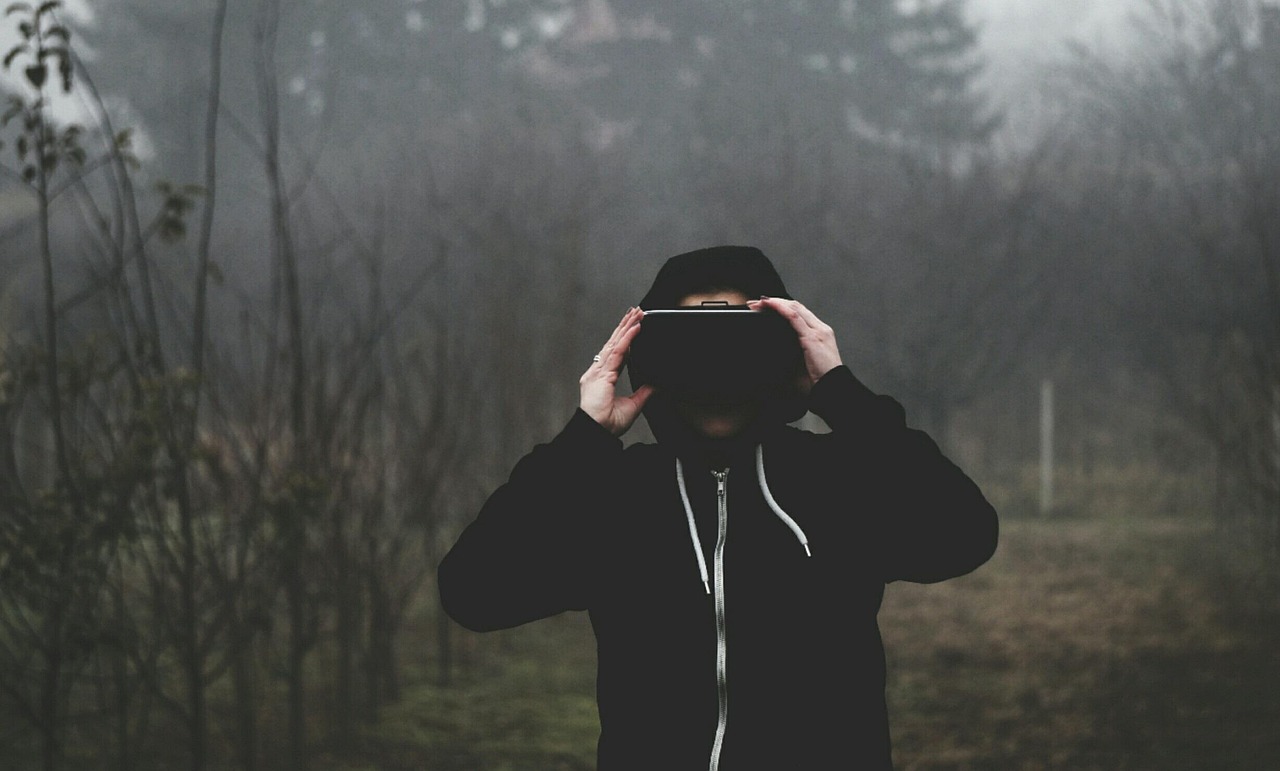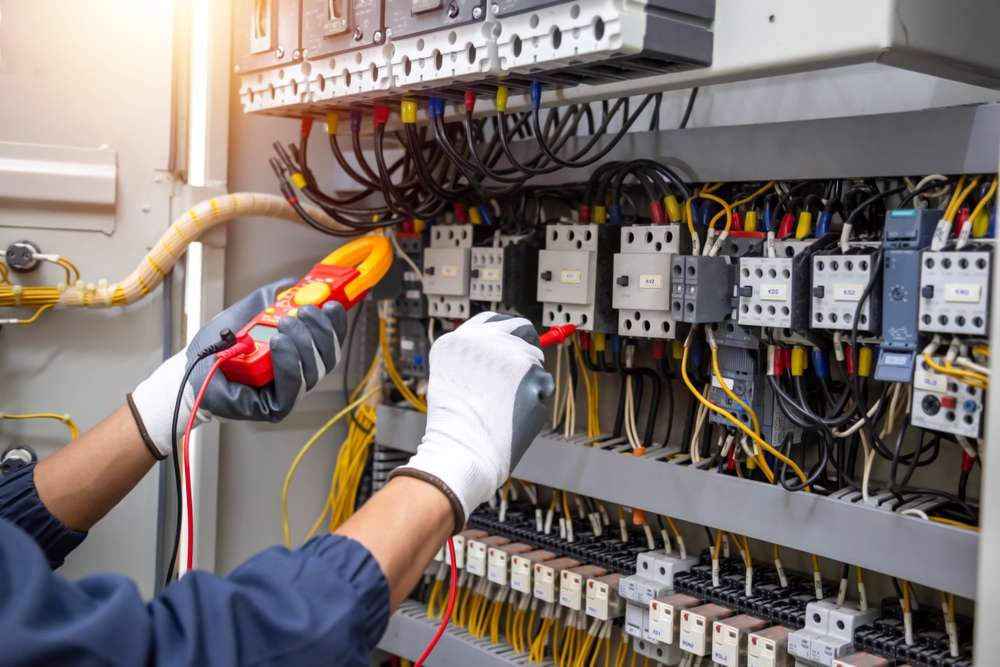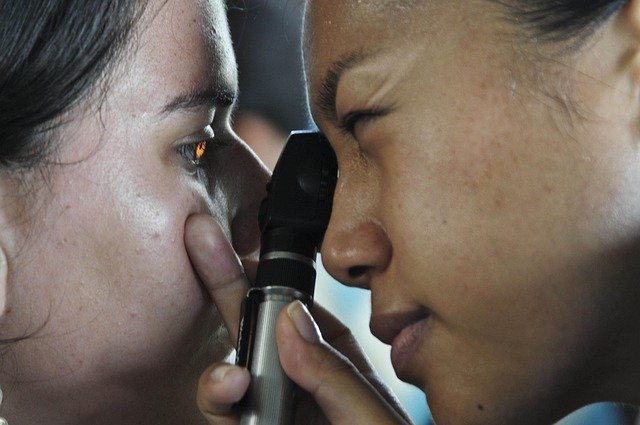An Examination of Virtual Reality in the Performing Arts
As technology continues to evolve and permeate every facet of our lives, it is only natural that it makes its way into the world of performing arts. This article delves into the increasingly prevalent incorporation of virtual reality into theatrical productions, a trend that has the potential to revolutionize the way we experience art.

Venturing into New Realities
Virtual reality (VR) has been a hot topic in the tech world for several years now, but its integration into the performing arts is a relatively new phenomenon. The origins of this trend can be traced back to the early 2010s, when VR began to penetrate the mainstream consciousness. As this technology became more accessible and affordable, innovative artists and theater directors saw its potential as a tool to enhance and transform the traditional theatrical experience.
The Present State of Play
In recent years, several productions have made headlines for their groundbreaking use of VR. The Royal Shakespeare Company’s 2016 production of “The Tempest” was one of the first to successfully integrate VR into a live performance, creating an immersive and interactive experience for the audience. In 2021, the National Theatre in London made waves with its VR production of “All Kinds of Limbo,” a musical journey through different genres of music, from reggae to grime.
The Impact and Reception of VR in Performing Arts
The use of VR in the performing arts has been met with mixed reviews. On one hand, it provides an unparalleled level of immersion, allowing audiences to feel like they are part of the story. On the other hand, some critics argue that it detracts from the human connection that is at the heart of live performance. However, it cannot be denied that VR opens up a world of possibilities for creative expression and audience engagement.
VR as a Tool for Accessibility
One significant advantage of VR in the performing arts is its potential for accessibility. For individuals who are unable to attend live performances due to physical or financial constraints, VR can provide a way to experience the magic of theatre from the comfort of their own homes. Furthermore, it can be used to create sensory experiences for those with disabilities, offering an inclusive approach to performing arts.
Looking Ahead: The Future of VR in Performing Arts
The incorporation of VR into theatrical productions is still in its infancy, and it remains to be seen how it will evolve. However, given the rapid pace of technological advancement and the limitless potential of VR, it is likely that this trend will continue to grow. As artists and theater companies continue to experiment with this exciting new medium, audiences can look forward to increasingly immersive and innovative experiences.
Virtual Reality in the performing arts is a vivid example of how technology can be harnessed to breathe new life into age-old forms of expression. By marrying the physical and digital worlds, VR has the potential to create a new kind of theatrical experience - one that is immersive, interactive, and infinitely adaptable. As we look to the future, it is clear that the intersection of technology and art will continue to be a fertile ground for innovation.




